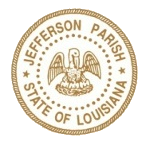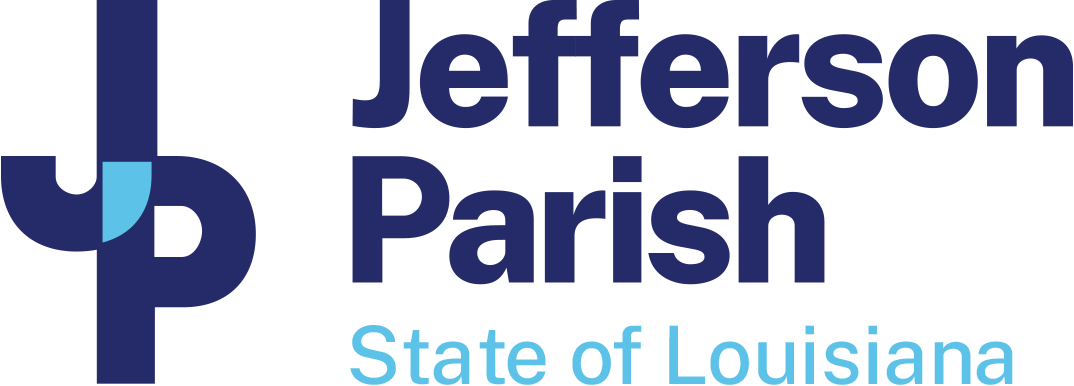
NEWS RELEASE
JEFFERSON PARISH, LOUISIANA
July 26, 2021
FOR IMMEDIATE RELEASE
KATHY MCCROCKLIN TALKS ABOUT THE FALL BUTTERFLY MIRGRATION
DURING FREE VIRTUAL PRESENTATION
METAIRIE, LA - Kathy McCrocklin, a retired school teacher and long-time member of the Master Gardeners of Greater New Orleans, will discuss the fall butterfly migration, especially the one of monarch butterflies, at 6 p.m., Monday, Aug. 16, via video conference online. Visit www.jplibrary.net/adults for more details, including how to join the discussion.
The monarch butterfly is one of the most familiar North American butterflies and is considered an iconic pollinator species. Its wings feature an easily recognizable black, orange and white pattern.
Each fall, the eastern population of monarch butterflies embark on an incredible migration to their wintering grounds. The eastern population, which makes up the bulk of the monarch population in North America, travels from as far north as southern Canada to a specific area in the mountains of Mexico called the Monarch Biosphere Reserve northwest of Mexico City. Numbers of monarch butterflies have plummeted in the last few decades by as much as 90 percent.
During this presentation, McCrocklin will discuss ways to support fall-migrating monarchs.
Plant Fall Nectar Sources - Adult monarch butterflies feed on flower nectar. You can help monarchs refuel on their long migratory journey by planting native wildflowers that bloom in the late summer into the fall. Asters and goldenrods are great choices, and there are native species of each in almost all parts of the country.
Don’t Spray Pesticides - Avoid spraying any insecticides in the yard, but especially on fall-blooming plants that monarchs like to visit along their migration routes. Also, do not fall for marketing claims by pesticide manufacturers that their products will not harm butterflies. This claim is not true.
Avoid Pre-Treated Plants - Not all pesticides are sprays. Neonicotinoids are a class of systemic insecticides which means that when treated, a plant absorbs the insecticide into all of its tissues–including the nectar–making it toxic to any insect that feeds on it. Research has shown that neonicotinoids can harm monarch butterflies. Many plant growers and garden centers now label plants that have been treated.
Plant Trees - Migrating monarchs often gather in trees at night or during periods of high winds and bad weather. Planting native trees in one’s yard and supporting community tree-planting efforts can provide this important habitat for the butterflies.
Support Monarch-Friendly Agriculture - For the eastern monarch population in particular, which migrates along a central flyway from Minnesota down through Texas on their way to Mexico, agricultural practices can have a big negative impact. This route happens to follow along America’s “corn belt” where more than 90 percent of the native grassland habitat that monarchs rely on during migration is gone, much of it converted into industrial farms that offer little or no habitat. Heavy reliance on herbicides takes a further toll.
McCrocklin also will discuss how to choose backyard plants, what type and color of plant is important, how to plant for continuous bloom, how to avoid insecticides, providing a place for butterflies to rest and a place for puddling, and encouraging caterpillars.
For more information regarding this presentation, contact Chris Smith, Manager of Adult Programming for the library, at (504) 889-8143 or wcsmith@jplibrary.net.
In accordance with provisions of the American with Disabilities Act Amendments Act of 2008, as amended, Jefferson Parish shall not discriminate against individuals with disabilities on the basis of disability in its services, programs or activities. If you require auxiliary aids or devices, or other reasonable accommodation under the ADA Amendments Act, please submit your request to the ADA Coordinator at least 48 hours in advance or as soon as practical. A 72-hour advanced notice is required to request Certified ASL interpreters. ADA Coordinator/Office of Citizens with Disabilities 1221 Elmwood Park Blvd., Suite 403, Elmwood, LA 70123, (504) 736-6086, ADA@jeffparish.net.
The Jefferson Parish Library system consists of 16 locations that stretch from the Lakeshore Branch on the edge of Lake Pontchartrain to the Grand Isle Branch just steps away from the Gulf of Mexico. The library system consists of two large regional libraries and seven branches on each side of the Mississippi River. The East Bank Regional Library (4747 West Napoleon Avenue, Metairie) serves as library headquarters. The Jefferson Parish Library is the second largest system in the state of Louisiana. More than 200 employees work for the Jefferson Parish Library including librarians, administration and support staff. For more information, contact the library at (504) 838-1100 or www.jefferson.lib.la.us.
For more information about Jefferson Parish, visit www.JeffParish.net. Residents can also receive regular updates by following the Parish on Facebook, Twitter and Instagram (@JeffParishGov) or by texting JPALERT or JPNOTICIAS to 888-777.
|
Jefferson Parish Public Information Office 1221 Elmwood Park Boulevard, Suite 1002 Jefferson, LA 70123 |
JPALERT – SIGN UP TO RECEIVE EMERGENCY ALERTS |
Gretchen Hirt Gendron, PIO |



